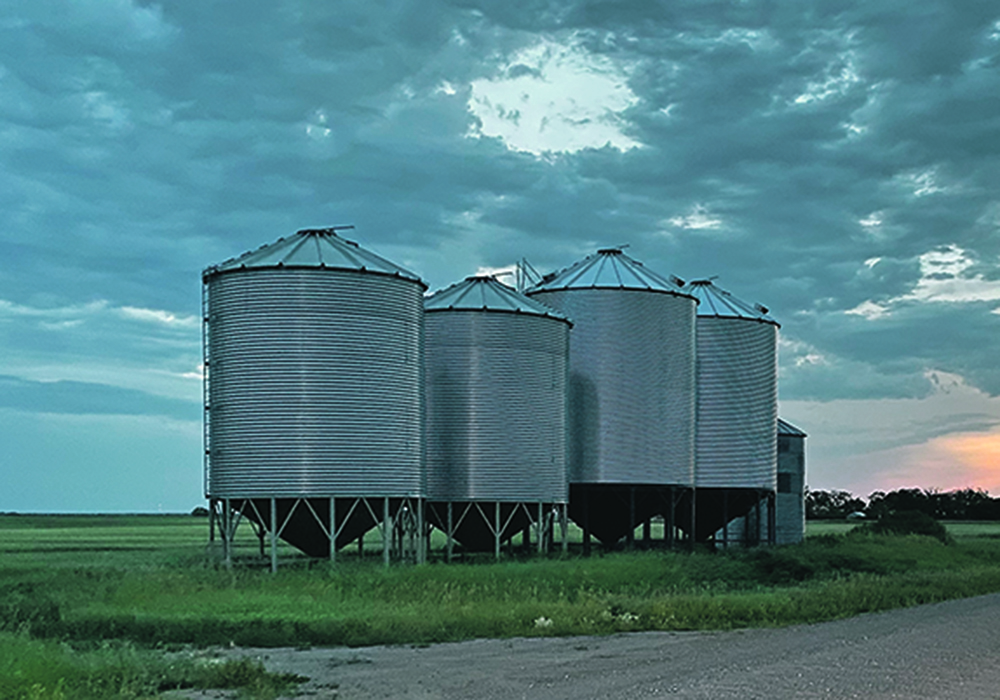What’s a worse dilemma? To invest more in a damaged crop that already might make a loss, or to invest even more in a crop that is already the most expensive in history and might not return what you hope?
Plenty of prairie farmers have faced these situations in the past few years, with many facing both.
In 2019, thousands of farmers saw their crops suffer from rain, snow, wildlife and on-field degradation as terrible weather dragged out harvest. The crops that farmers put into their bins were wet, damaged, filled with bugs and messy.
Read Also

USDA’s August corn yield estimates are bearish
The yield estimates for wheat and soybeans were neutral to bullish, but these were largely a sideshow when compared with corn.
Farmers knew that was a recipe for disaster. What to do?
Some farmers scrambled to buy grain dryers, but supplies were quickly exhausted, permits were slow coming and getting machinery installed in time to be useful was difficult.
Others tried to get new aerated bins built, but that wasn’t something that could be done quickly or cheaply.
Some who already had aeration systems learned how to run them in extreme conditions.
Bin monitoring became a vital concern. Many farmers had to rely on eyeballs and handheld grain probes. Those lucky enough to have monitoring systems already installed got to see how well they performed.
Quite a few decided to bite the bullet and buy new monitoring systems. That was a bitter pill to swallow in a year in which so many already faced financial losses even if the grain was preserved. Any extra investment seemed like insult added to injury.
This year the crops look much better, although many are late and suffering either from excess moisture or dryness. What’s going to go into the bin is still a mystery. However, whatever goes in has cost more to grow than any crop before.
Fertilizer, fuel, seed and seemingly everything else has jumped in price. Crop prices are still high, but harvest and post-harvest losses could create a profit squeeze that makes the cost overwhelm the return.
When I was walking around the Ag In Motion outdoor farm show a couple of weeks ago, I didn’t find a lot of farmers celebrating high crop prices. I found a lot worrying about high fertilizer prices and their exposure to losses if something goes wrong with the crop.
Devices, systems and machinery that offer a chance to avoid preventable losses seemed to be drawing grudging attention from farmers who would probably much rather be focused on more “fun” machinery, although the shiny big iron still drew most of the interest.
Paying for insurance is never fun or sexy.
Price hedging and forward contracts are great when you get a crop that fits the specs. Crop insurance helps with that.
Great machinery helps produce and pull off the best crop possible.
Good bins, monitoring and constant vigilance keep the harvested crop as good as possible.
With so much invested in this crop, and harvest just a few weeks away, many farmers are back in the situation of needing to ponder whether they should invest even more in some aspect of production or storage to make sure they can take off and keep safe whatever crop their huge investment has created.
Spending more on preserving the blighted 2019 crop was excruciating for so many producers. With any luck, this year will see crop prices stay high or rise, a good crop produced and harvested, and safely stored grain delivered for great returns.
That will make any of the painful investing decisions being made right now a little less painful.


















